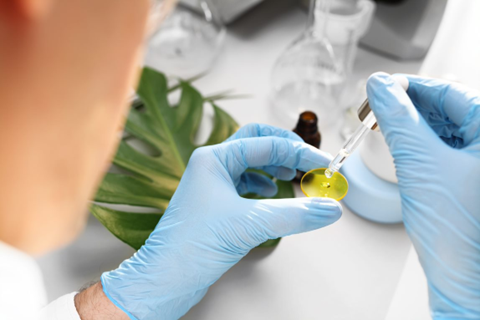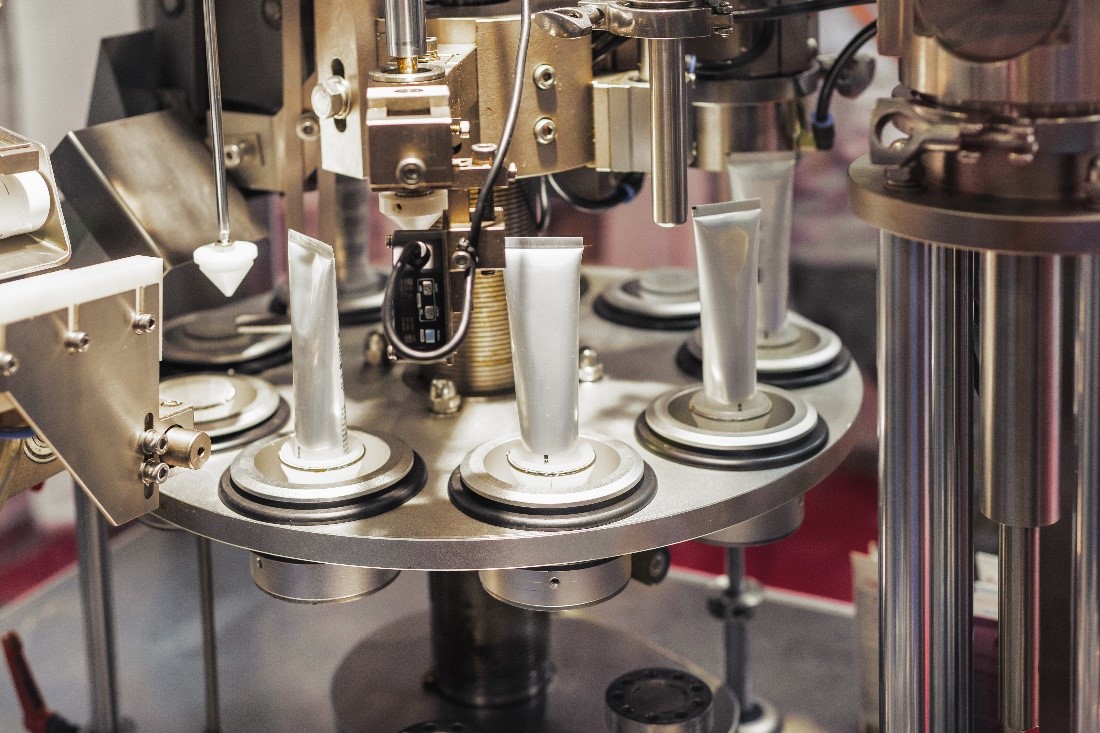Published: 23/08/22 13:23 Categories: Microbiology
The cosmetics industry is of great economic and social importance. Over the last few years, the industry has experienced widespread growth, mainly due to the general public's increased interest in personal care.
This growth goes hand in hand with a trend towards the regularization of the industry, which improves the safety and quality of cosmetics.
How is microbiological risk in cosmetics regulated?
The creation of the European General Regulation (EC) no. 1223/2009 has made it compulsory to generate a safety information sheet for the cosmetic product to be marketed. This report also includes the microbiological specifications of the cosmetic product.

The microbiological risk assessment in cosmetics is regulated by standard ISO 29621. This standard defines the microbiological risk in a cosmetic product as the product's ability to support the growth of microorganisms and the likelihood of these microorganisms causing harm to the user.
Microbiological risk is also defined in this standard as the ability to support the presence of specific microorganisms as identified in ISO cosmetic microbiology standards, such as standard ISO 17516, which establishes the microbiological limits in cosmetics.
Based on this risk assessment, a distinction is made between products with low microbiological and high microbiological risk. The latter are obliged to add preservatives to their formula and must undergo microbiological controls to ensure their safety. It is mandatory for microorganisms such as Pseudomonas aeruginosa, Escherichia coli, Candida albicans and Staphylococcus aureus to be analyzed. Other microorganisms are also recommended, but not mandatory, for analysis, such as Burkholderia cepacia.
What factors are considered in microbiological risk assessment?
Microbiological risk assessment in accordance with standard ISO 29621 is based on five factors. The first one is product composition, as products whose composition hinders the growth of microorganisms (such as those with low water activity or extreme pH values) will be considered to have a low microbiological risk. The second factor is the use of raw materials that can create a hostile environment for microorganisms, such as alcohol, for example.
The third factor to be considered is the production conditions since these are also of great importance in terms of microbiological risk. Products in which it is necessary to apply high temperatures for a prolonged period will be considered of low microbiological risk since most of the microorganisms that may have been present will have been destroyed during the manufacturing process.

The fourth factor is packaging, as certain types of packaging, such as dosing pumps or single-dose containers, reduce the exposure of the product to microorganisms and thus reduce its risk.
Finally, the standard recognizes as the fifth and last factor, what it calls 'combined factors' which is simply the synergistic effect of the combination of several of the previous factors.
If you would like to know more about the microbiological risk in cosmetics and you are interested in learning about the analysis procedures based on the ISO standards for cosmetic microbiology, be sure to catch the recording of our Condalab Talks: Cosmetic testing. What microorganisms should I test for in my products?

 Food fraud: How do we detect it?
Food fraud: How do we detect it?
 Visit Us at MEDICA 2025 – Discover Our Precise Detection Solutions
Visit Us at MEDICA 2025 – Discover Our Precise Detection Solutions
 PCR: The Technique Revolutionizing Rapid Detection in the Food Industry
PCR: The Technique Revolutionizing Rapid Detection in the Food Industry
 How Culture Media Ensure the Safety, Efficacy, and Quality of Medicines
How Culture Media Ensure the Safety, Efficacy, and Quality of Medicines
 Meeting us at MEDLAB MIDDLE EAST 2025
Meeting us at MEDLAB MIDDLE EAST 2025